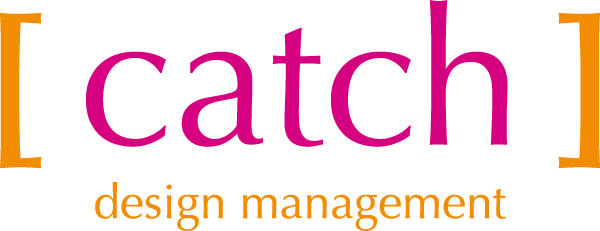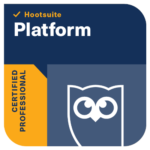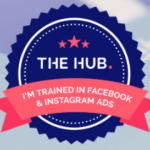I often speak to clients about adding images to the website and what is the best etiquette for doing this, in terms of size and the benefits for the sites Search Engine Optimisation (SEO) So I thought I would share some of the best tips to make sure your image works the best they can on your website.
And don’t forget images also have SEO value and can help your website to rank on search engines like Google.
1) Creating an image file name
As we said Google cannot see the image so naming the image is vitally important to explain it. Leaving them as IMG-2345.jpg doesn’t give too much away.
Naming your images individually is your first opportunity to use keywords that are important to you and your brand.
For example – an image of a boy eating a chocolate cupcake, could be named ‘ChocolateCupcakeYorkshire.jpeg’ with the addition of a location helping to position you in the world.
2) Image format
There is not a right or wrong format to use, but you do want to give your users the easiest and best experience when looking and downloading any of your images.
So for your website make sure they are a manageable size, ideally quite small. For keeping the quality and colour of image we would recommend keeping them in jpeg format. Reducing larger images down to a manageable size jpeg is the best choice.
Saving an image as png file is good for web use also, especially if you want to keep the background transparency of your images and PNG image files have many advantages over other image standards like GIF and JPEG, including Higher compression rates PNG uses better image compression technology than GIF, allowing for smaller files that download more quickly.
There are lots of tools out there to help you resize and convert your images from one format to another. Let us know your favourite tools you use?
3) Image size and quality
This is one of the most important aspects to consider for your images, no one wants a slow loading site! The search engine doesn’t want to send user s to sites with substandard or slow loading images. You probably have a maximum of 3 seconds to get your site loaded before people move on!
Like changing format there are lots of tools you can use to optimise your images for web use. If you have a WordPress site then there are plug-ins which optimises any images at the source when you upload them, or you can use external tools which you can bulk upload your images like TinyJpeg.com
4) Alternative text descriptions
Adding images to your website you might not always be visible to your audience, they may have turned off their images on their web browser or may have a visual impairment which makes it difficult to see your images. The ALT text basically describes what the image is. It is also a very positive step in your SEO.
As a rule, alt text will contain your keyword, and be as short as possible.
5) Your image description
Our final point is the chance to explain directly to your web users what your image is about. Adding a caption or description can be a good way to do this as well as giving you an opportunity to add keywords
Don’t go overboard on this, thought keyword stuffing is frowned upon by Google and other search engines. So be sensible.
Images make up just one part of the entire SEO picture. If you want your website or a particular page or blog post to rank, there’s so much more you need to know and get right. Have a read of some of our other blogs on SEO on our website.
Understanding these tips for your images with hopefully create some of these benefits below:
- Appearing in Google images – preparing your images correctly will allow people to search Google Images and be likely to appear
- Improve the reach of your brand – improvements to your brand ranking means your brand will gain more exposure and be seen as more relevant
- Climbing up the search results pages – using SEO properly will help your website to appear higher in search engine searches
- Appearing in Google snippets – appearing in snippets means your image stands out to people searching for your keywords.




